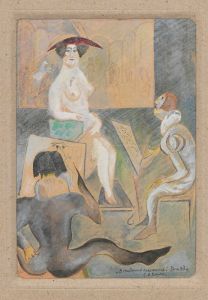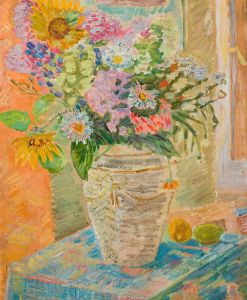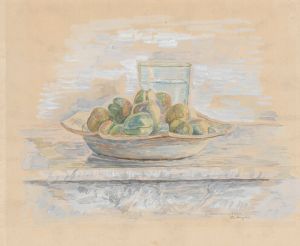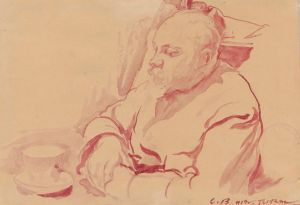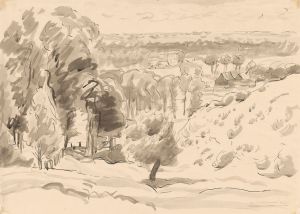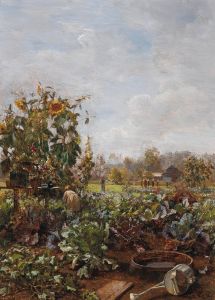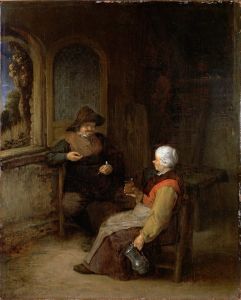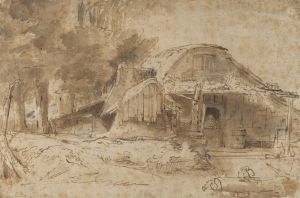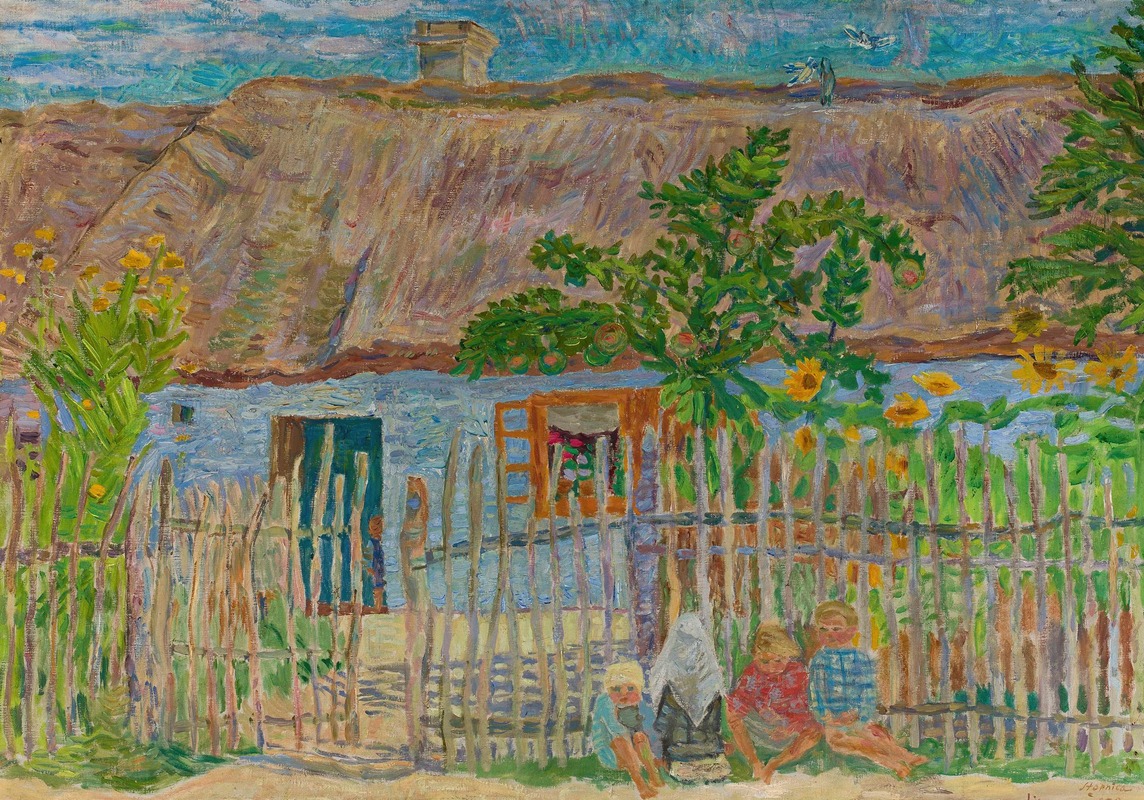
Cottage
A hand-painted replica of Zygmunt Waliszewski’s masterpiece Cottage, meticulously crafted by professional artists to capture the true essence of the original. Each piece is created with museum-quality canvas and rare mineral pigments, carefully painted by experienced artists with delicate brushstrokes and rich, layered colors to perfectly recreate the texture of the original artwork. Unlike machine-printed reproductions, this hand-painted version brings the painting to life, infused with the artist’s emotions and skill in every stroke. Whether for personal collection or home decoration, it instantly elevates the artistic atmosphere of any space.
Zygmunt Waliszewski was a notable Polish painter, born on December 1, 1897, in Saint Petersburg, Russia, and he became an influential figure in the Polish art scene during the early 20th century. He was associated with the avant-garde movement and was known for his vibrant use of color and expressive style. Waliszewski's work often reflected a synthesis of various influences, including Post-Impressionism, Fauvism, and elements of Polish folk art.
One of Waliszewski's notable works is "Cottage," a painting that exemplifies his unique artistic approach. Although specific details about the painting "Cottage" are limited, it is representative of Waliszewski's broader body of work, which often depicted rural and domestic scenes infused with a sense of nostalgia and emotional depth. His paintings frequently captured the essence of Polish countryside life, showcasing his ability to blend traditional themes with modernist techniques.
Waliszewski's style was characterized by bold brushstrokes and a vivid color palette, which he used to convey emotion and atmosphere. This approach can be seen in "Cottage," where the use of color and form likely plays a significant role in creating a sense of place and mood. His work often featured simplified forms and a certain degree of abstraction, allowing viewers to engage with the emotional and symbolic aspects of the scene rather than focusing solely on realistic representation.
Throughout his career, Waliszewski was part of several important art groups and movements. He was a member of the "Formists," a Polish avant-garde group that sought to break away from traditional artistic conventions and explore new forms of expression. This affiliation influenced his work, as he experimented with different styles and techniques, contributing to the dynamic and evolving art scene in Poland during the interwar period.
Waliszewski's contributions to Polish art were significant, and his works are held in high regard for their innovative approach and emotional resonance. His ability to merge various artistic influences while maintaining a distinct personal style made him a key figure in the development of modern Polish art. Despite his relatively short life—he passed away on October 5, 1936, in Kraków, Poland—Waliszewski left a lasting impact on the art world.
Today, his works, including "Cottage," are appreciated for their artistic merit and historical significance. They are part of collections in various museums and galleries, where they continue to be studied and admired by art enthusiasts and scholars alike. Waliszewski's legacy is a testament to his skill and vision as an artist who successfully bridged the gap between traditional themes and modernist expression, capturing the essence of Polish culture and identity through his art.






